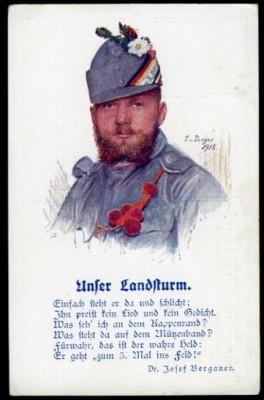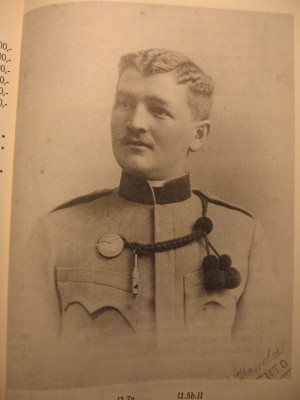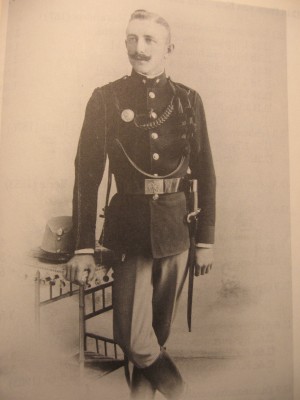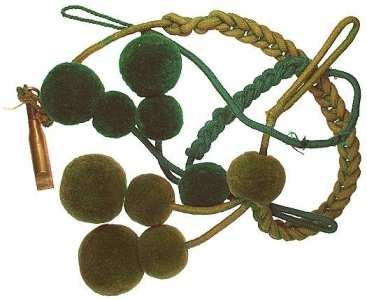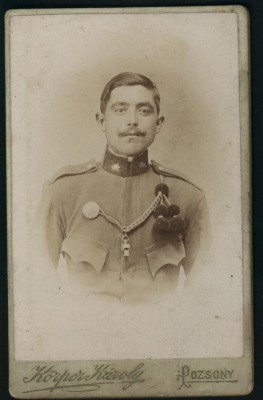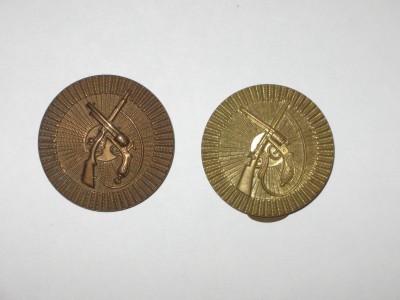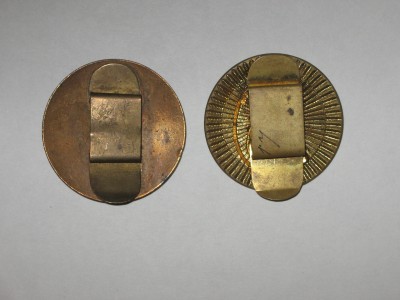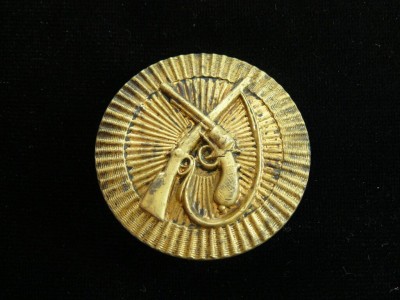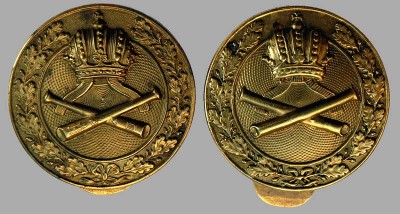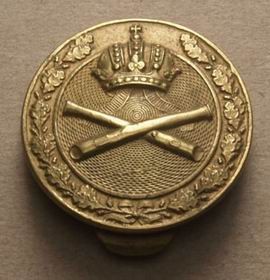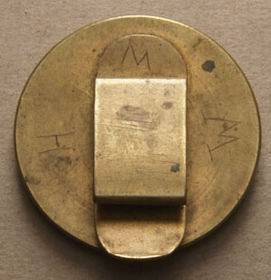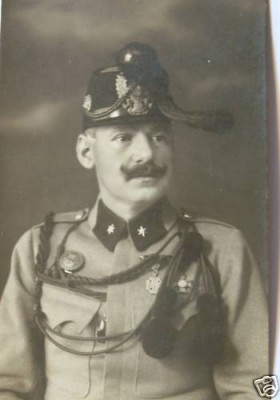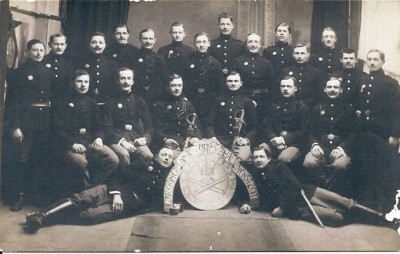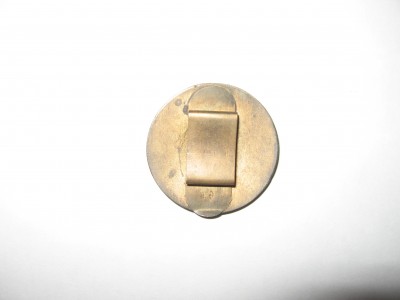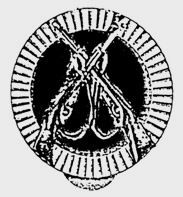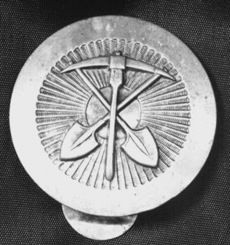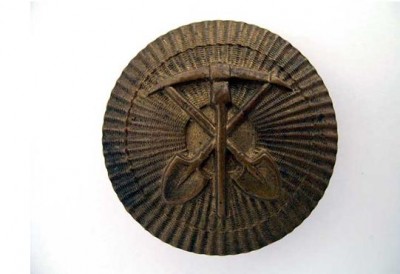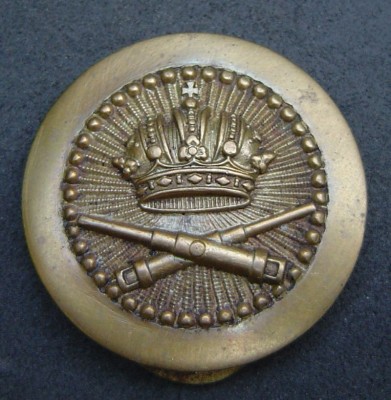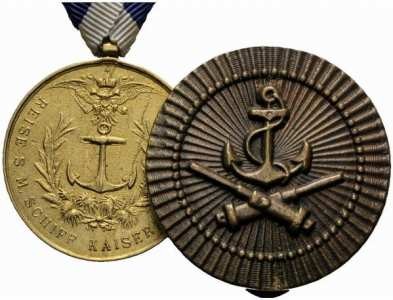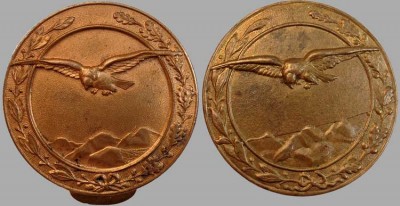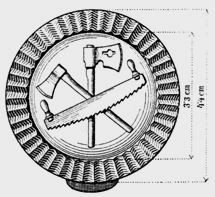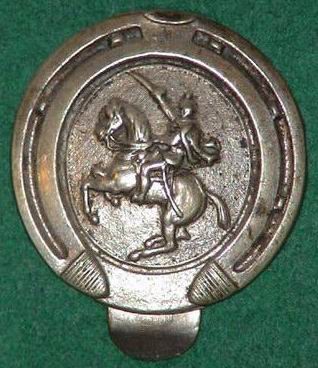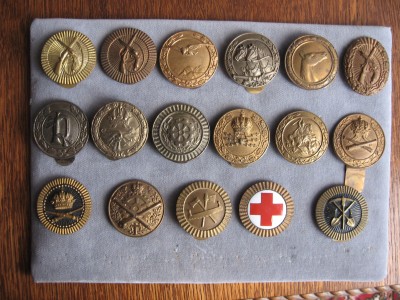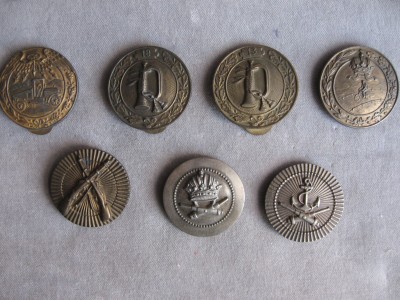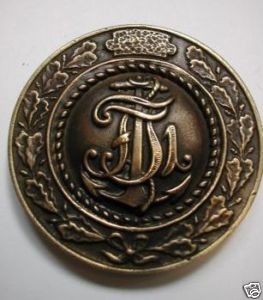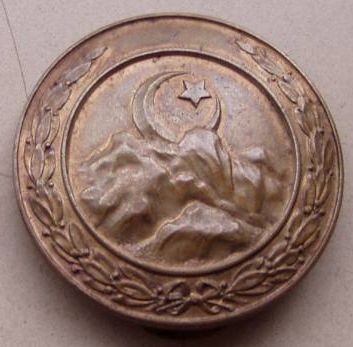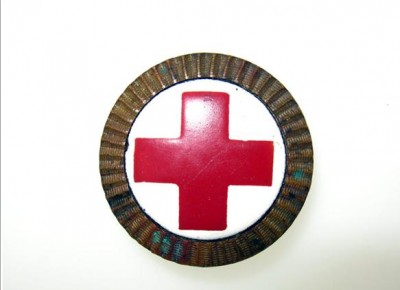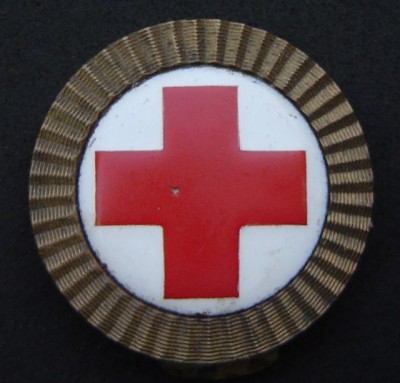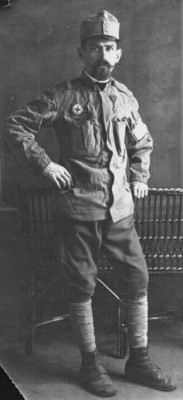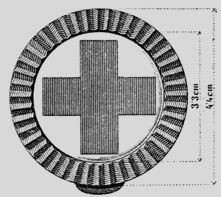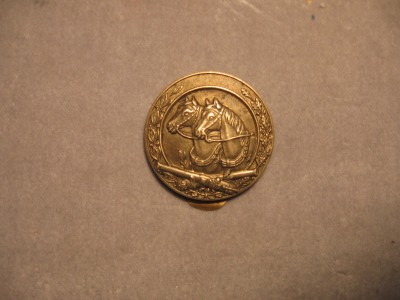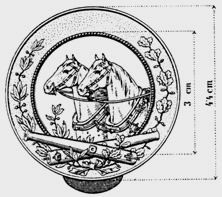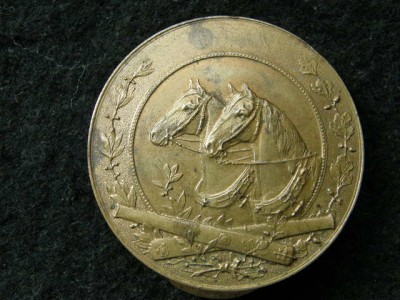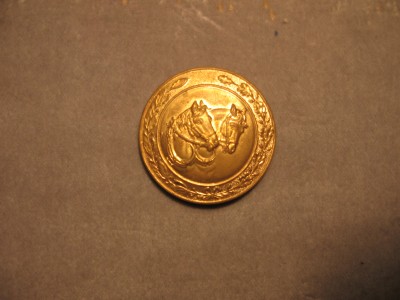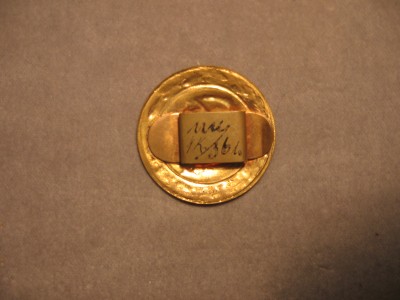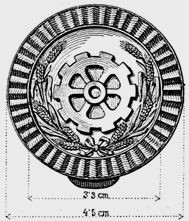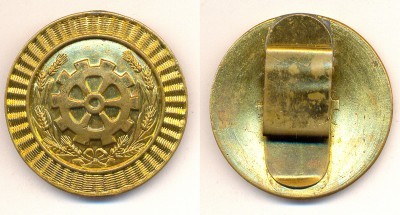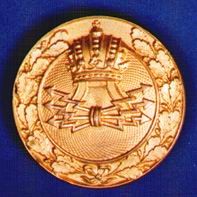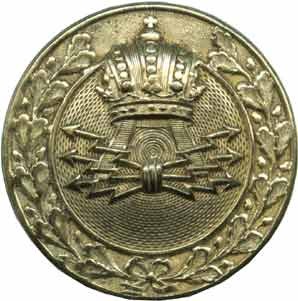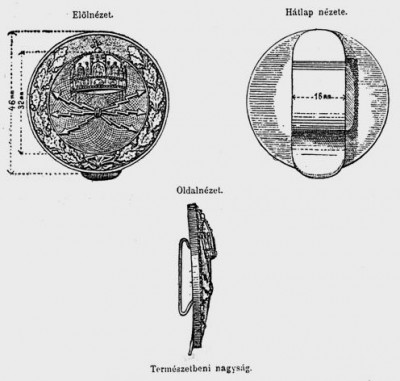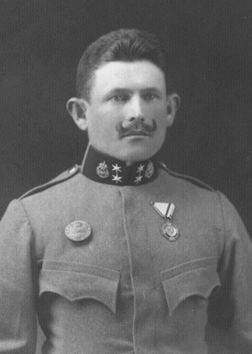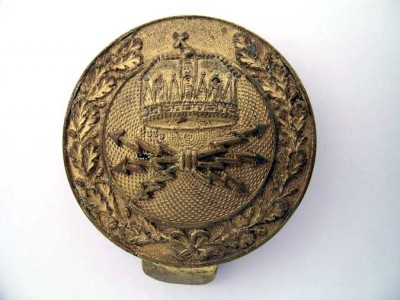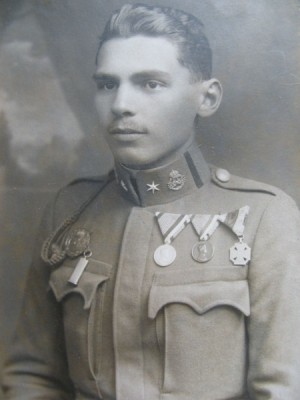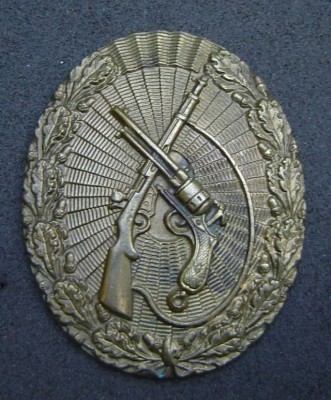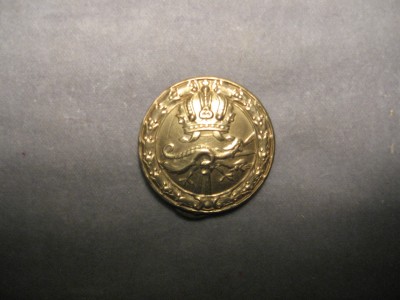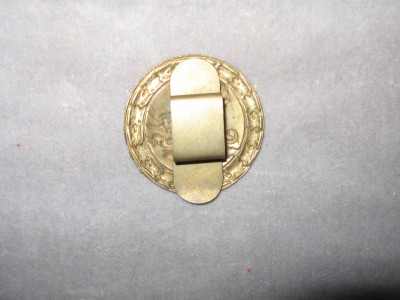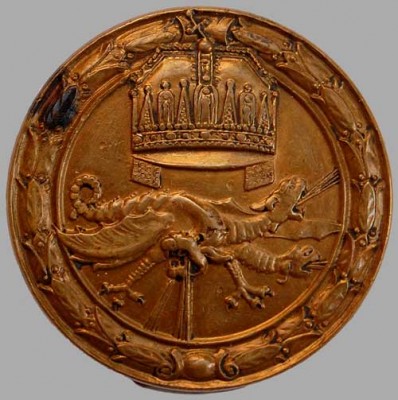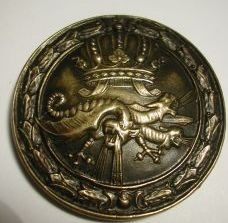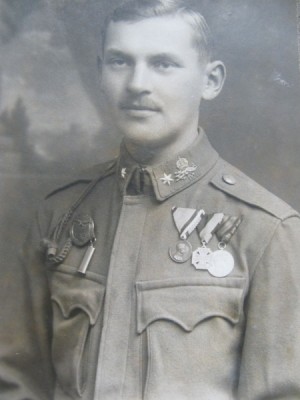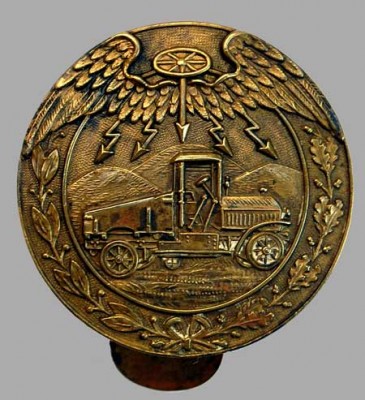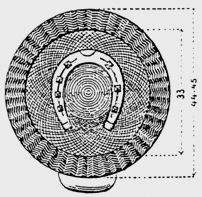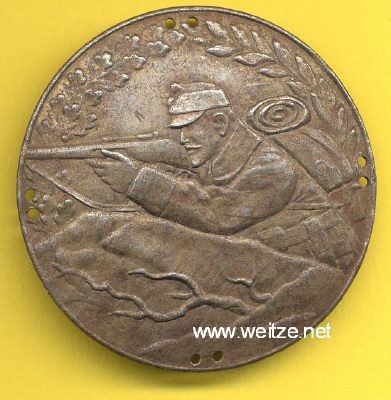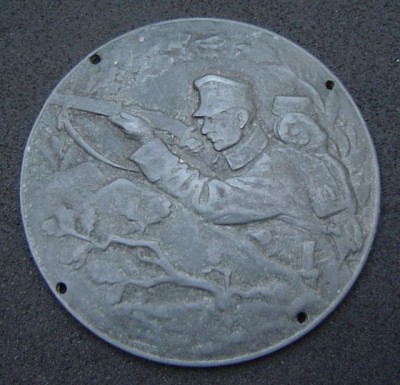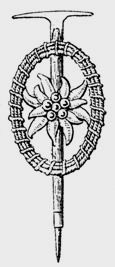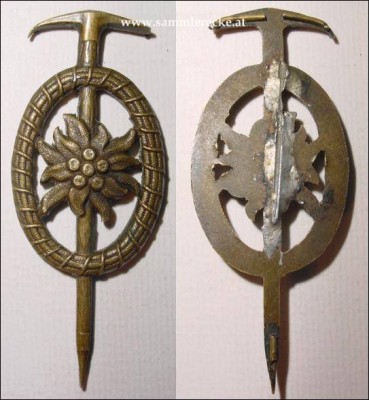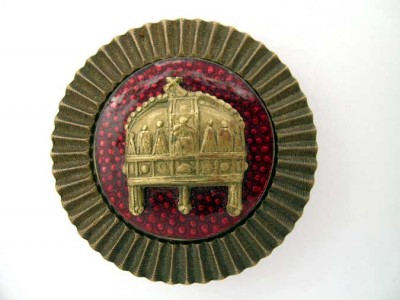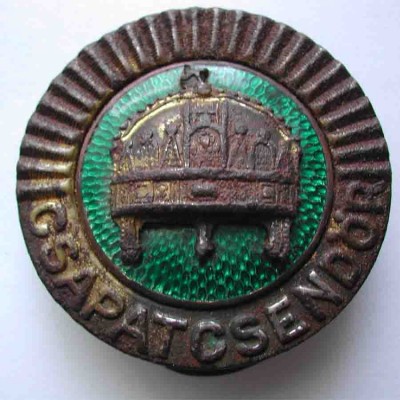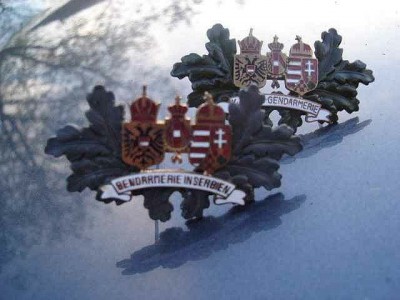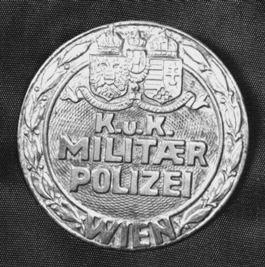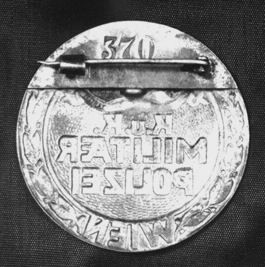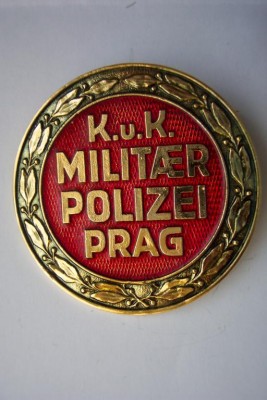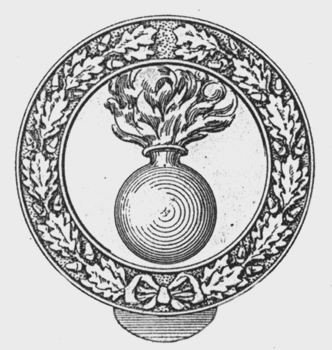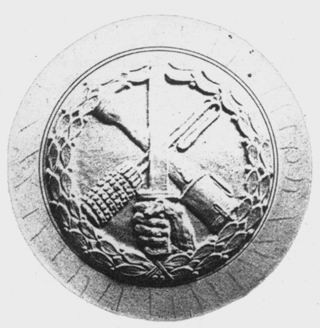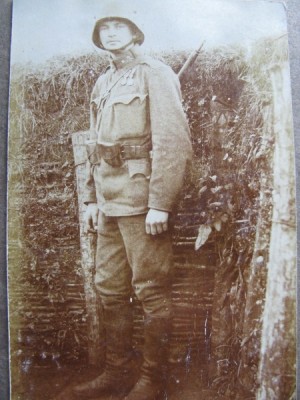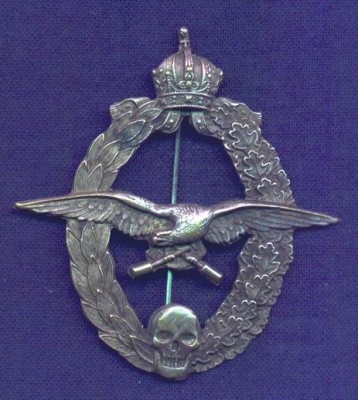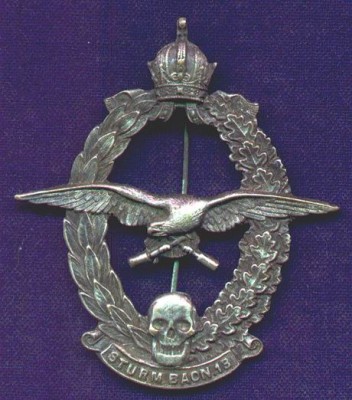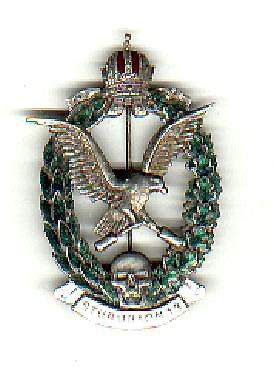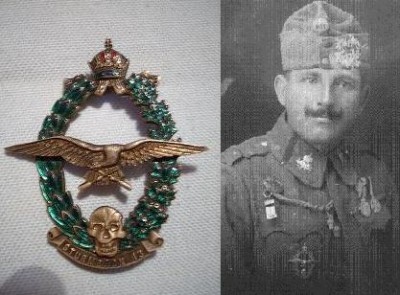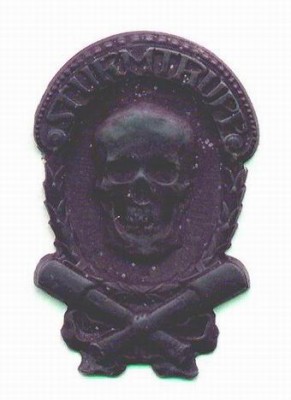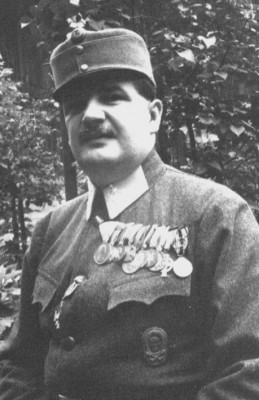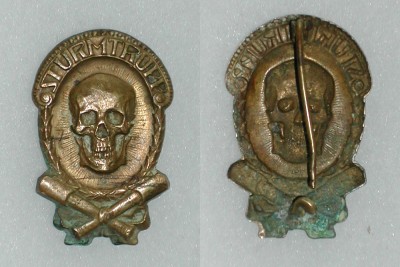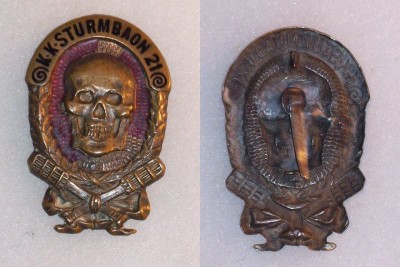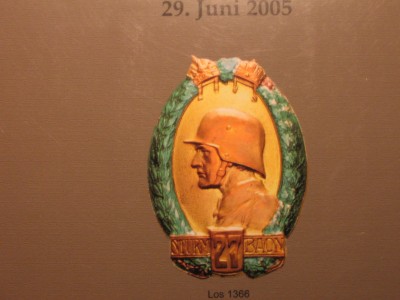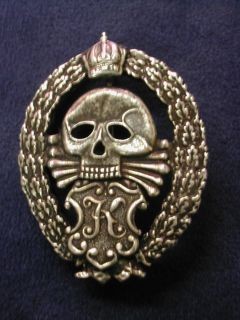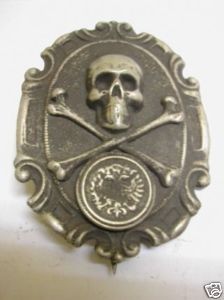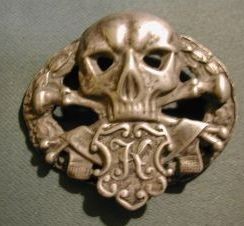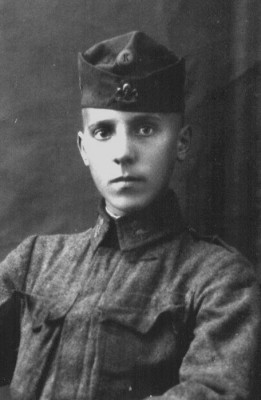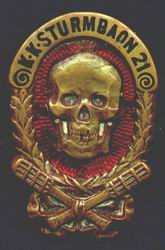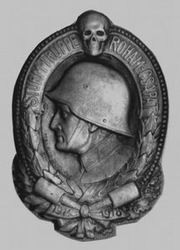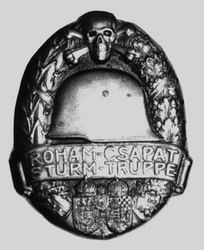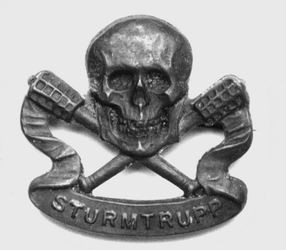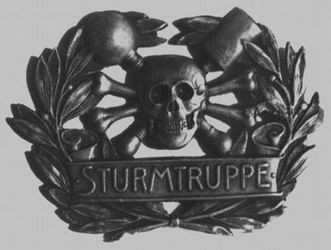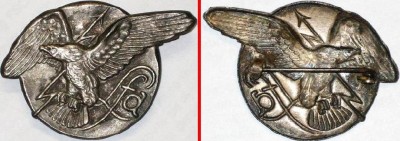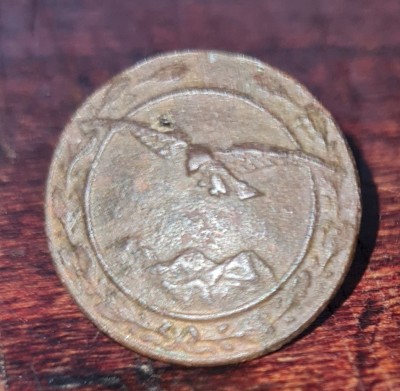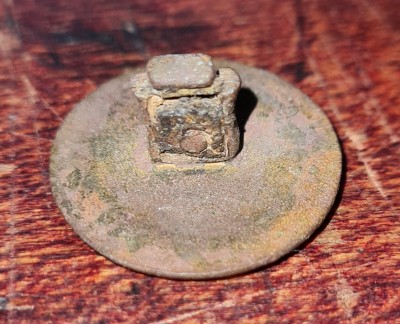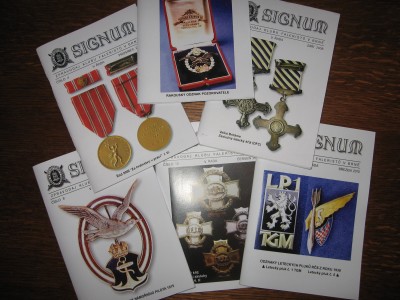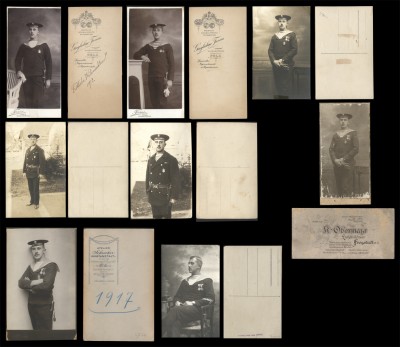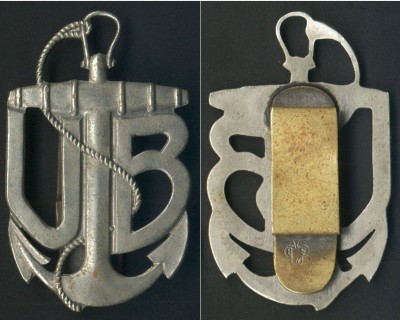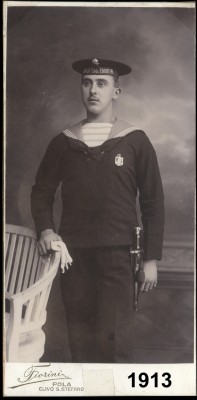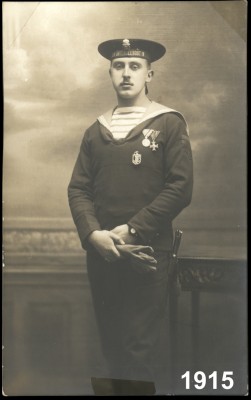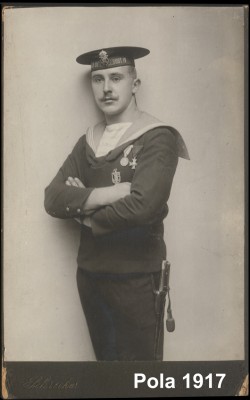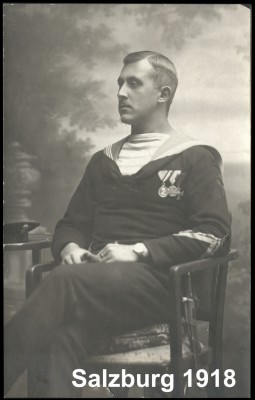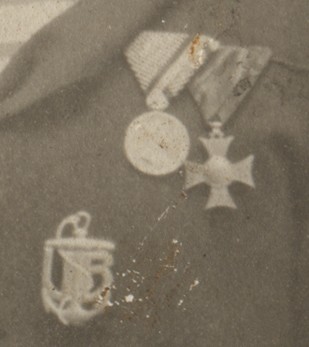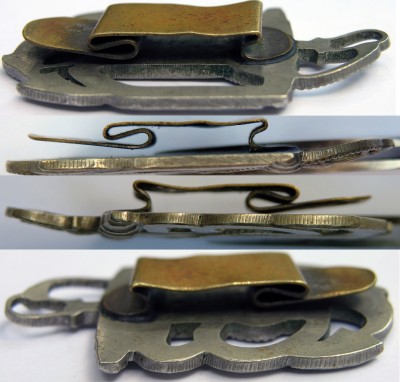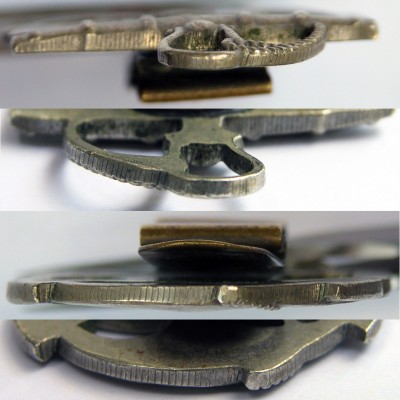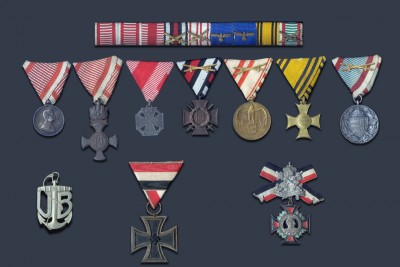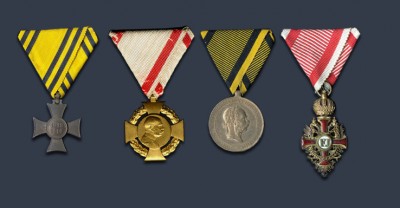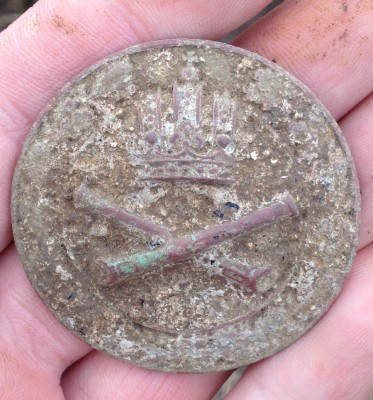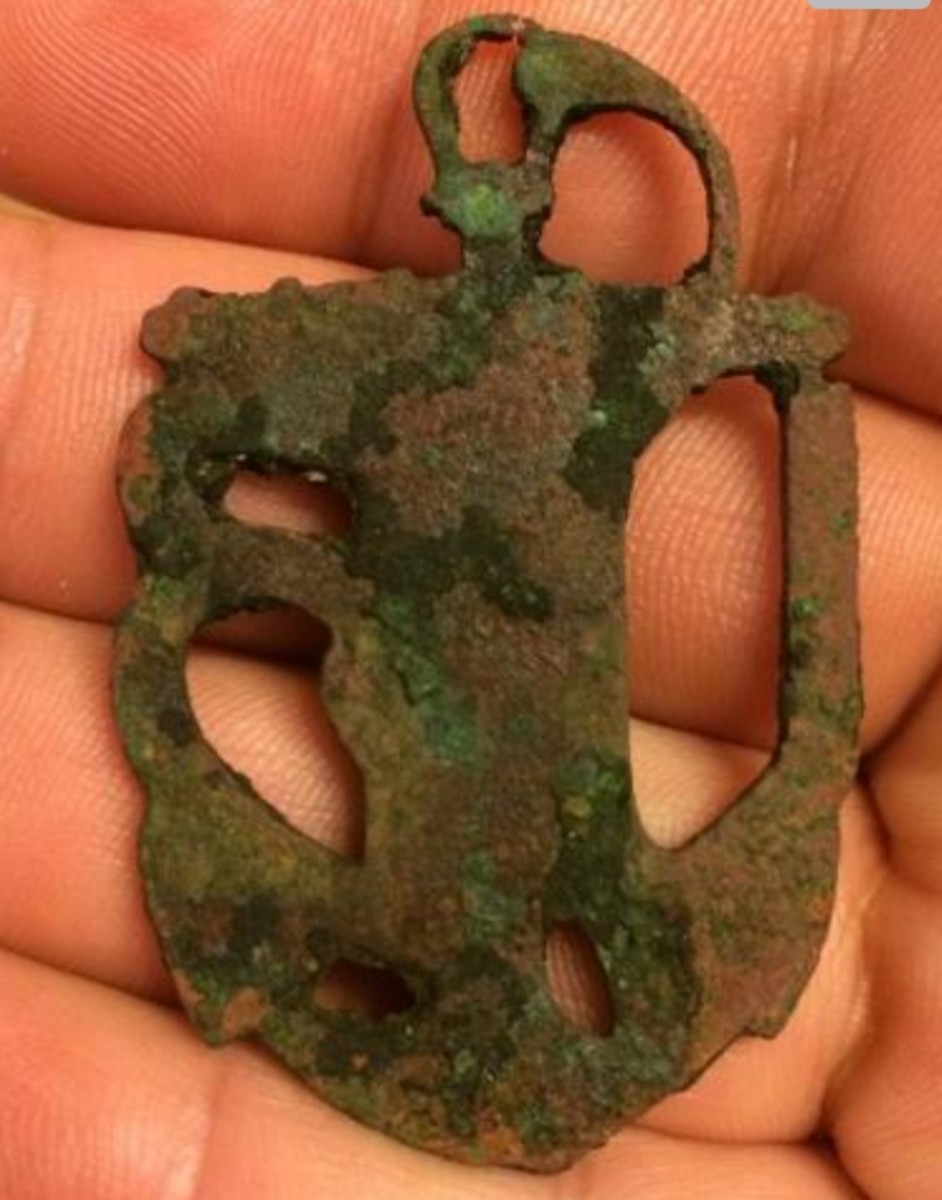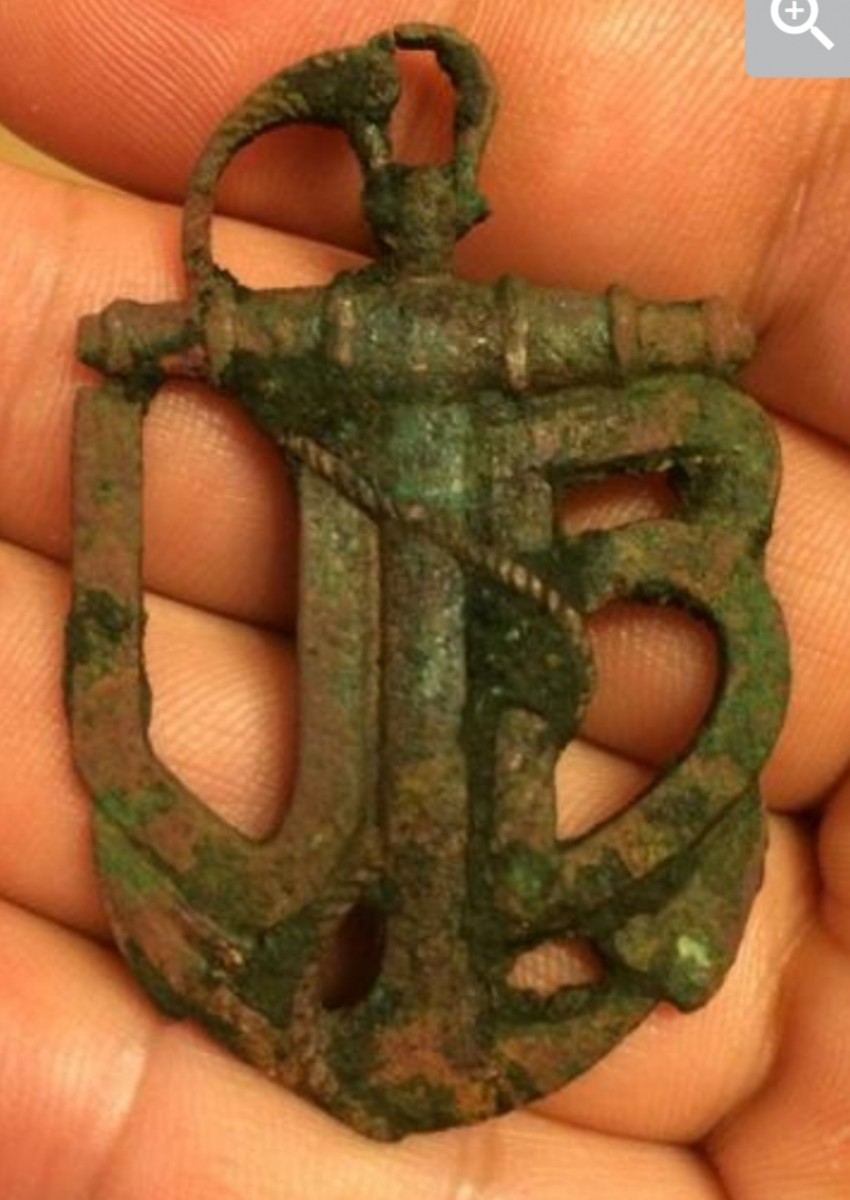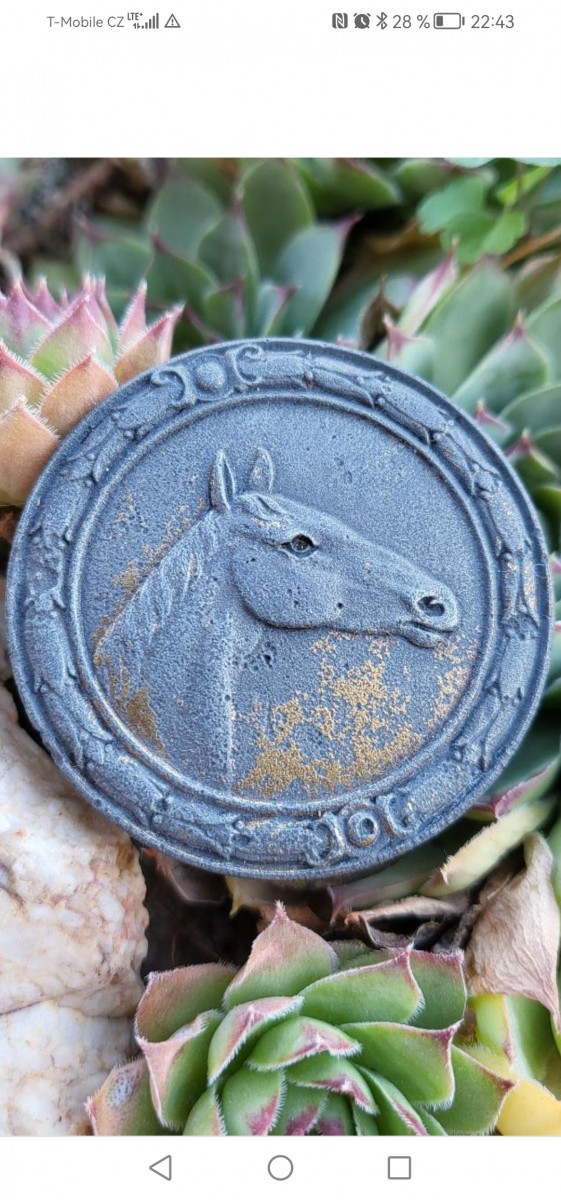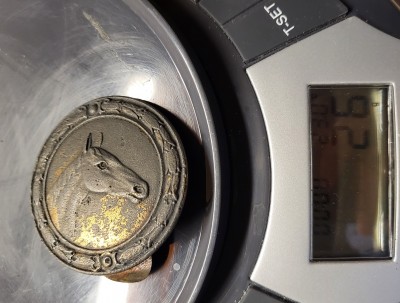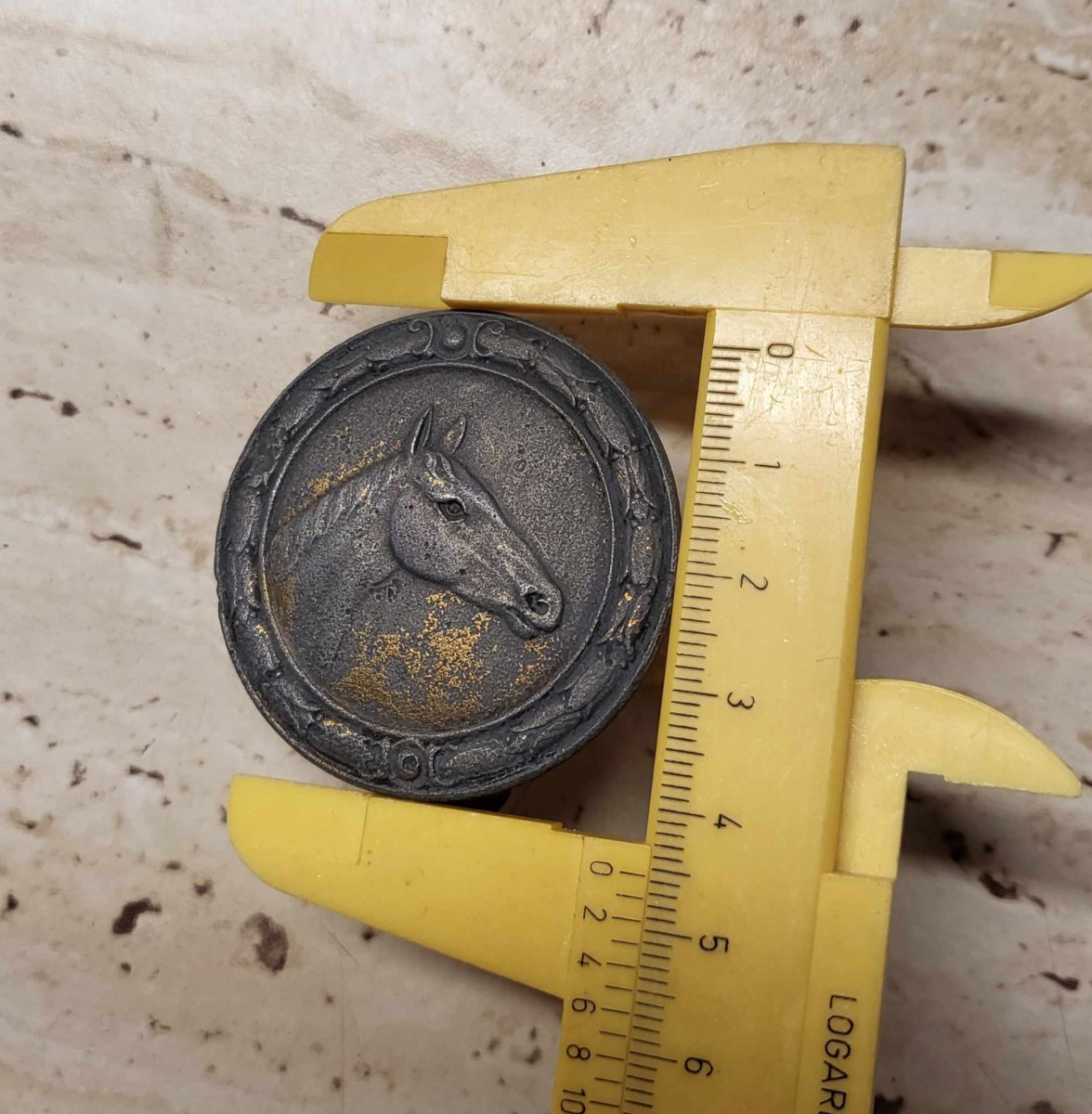Tätigkeitsabzeichen der Österreichisch-Ungarischen Armee
The unsuccessful war in 1859 and the subsequent not very well fought war against Prussia in 1866 forced the military command of the Austrian Army to make substantial changes. Firstly, it was the soldier's equipment itself, with the colour of the uniform changing to dark blue, the introduction of the Werndl rifle instead of the Lorenz system rifle, changes in the quality of the artillery and a general modernisation of the army.
The main and important element, however, is that the army command realises that the men (soldiers and non-commissioned officers) are not just cannon fodder, but that they are thinking people who should be involved in this modernisation. The Austrian army takes its model from the experience of the Prussian army.
The military commanders, after the experience of the war campaigns of the past years, realise that it is necessary to improve both the marksmanship training of the individual and to get soldiers to master other specialisations which are closely related to the innovations in the army. The telephone was introduced, the Schwarzlose machine gun was introduced, engineer work was recognised and the importance of rear security (logistics) was understood.
For the soldiers' own motivation, among other things, a special decoration was established, which became cloth knitted cords. This visible award was indeed named as a decoration (Auszeichnung) even though we are talking about a performance badge. Generally, the badges were worn on the right side of the chest, perhaps to ensure that their meaning was properly understood in the sense that they were not classical decorations. These badges of honour and performance badges did not have a fixed status, but their award was recorded in the tribal book.
The first such decoration in the form of the Rifleman's Cord was introduced by the Ordinance of 13 July 1868. The conditions for the award are also specified here:
The soldier had to complete three marksmanship grades of varying difficulty. However, this decoration was valid only until he had to prove and defend his marksmanship and skill again.
A description of such a shooting streak is as follows:
They are made of sheep's wool which is dyed red (scarlet red). The cords have a total of five (5) pompoms. The cord itself must be at least 4 mm thick and 53,5 cm long. It shall be braided at the top into a braid, 11 cm long. Above this braid is a pompom which is slidable. This pompom is 3,5 cm in diameter. The hanging pom-poms are 3 cm in diameter and the larger ones are 4 cm in diameter.
For reference, an inventory of the shooting cords:
1. Rifle decorations for hunting units, dated 13.07.1868
2. Badge (lanyards) for engineer troopers, dated 29.07.1869
3. Working cords (decorations) for engineer troops, zal. 15. 11. 1869
4. Rifleman's cords for the Hungarian Defence Forces, registered on 25 June 1876
5. Rifle cords for outstanding marksmen of the C.C. provincial riflemen, zal. 06.04. 1878
6. Work decorations (cords) for the railway and telegraph regiment, zal. 1890/91
7. Decorations, rifle cords for elite infantry riflemen, enlisted in 1891. in 1906
8. Decorations, shooting cords for elite hunting riflemen
9. Rifle cords for senior marksmen of the C.C. provincial riflemen, enlisted on 28 June 1906
10. Honours, shooting cords for gunners, year of foundation 1910
The soldier attached all these cords to the button of his left epaulet. For other uniforms that did not have an epaulet, the soldier sewed on the button or fastened the cord according to the equipment regulations, which specified exactly how the cord was to be worn. NCOs and soldiers used various items (small whistles, cartridge cases, anchors) to enhance their cords. This was certainly not permitted, but in many cases it was tolerated.
These shooting cords became a popular "fashionable" accessory to soldiers' uniforms. It is interesting that the Air Force, Navy and Cavalry units did not introduce these performance cords in their units and, on the contrary, did not want to hear anything.
Remark:
For recognition of individual cords we can recommend the excellent work of Mr. Oldrich Kraus.
Literature:
Pavel Patejdl: Badges of Honour and Performance of the Austro-Hungarian Army
Jörg C. Steiner: Orden und Ehrenzeichen der Österreichisch-Ungarischen Monarchie. 1991
Oldřich Kraus: Qualification Badges
Alexander A. Marko: Auszeichnungen der Österreichisch-Ungarischen Monarchie, 1997
Notes:
In cooperation with our colleagues Faleristics and Teodor, we will gradually describe all other available badges and also point out copies that are found on the Auction.
Part 1
